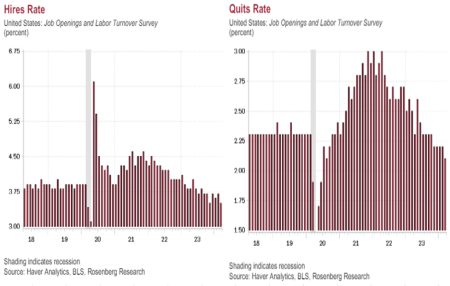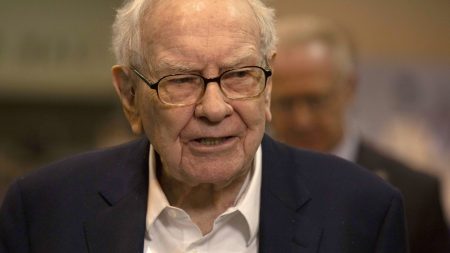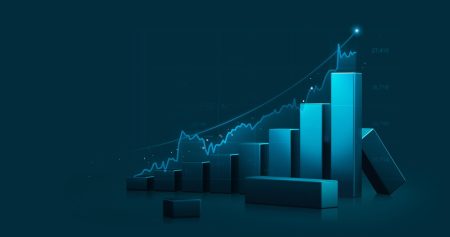The U.S. economy experienced weaker than expected growth to start the year, with consumer spending increasing at a slower pace according to the Commerce Department. The Gross Domestic Product (GDP) for the January-through-March period increased at a 1.6% annualized pace after adjusting for seasonality and inflation, falling short of economists’ expectations of a 2.4% increase. This marked a slowdown from the previous quarter’s 3.4% gain and the period before that, which saw a 4.9% increase. It is important to note that this is breaking news, and updates may follow.
The slower economic growth in the first quarter was largely attributed to sluggish consumer spending, which plays a significant role in driving economic activity. Despite this, other economic indicators such as job growth and housing market data remained strong leading up to the report. The disappointing GDP figures raised concerns about the sustainability of the economy’s recent momentum and sparked speculation about how the Federal Reserve may respond in terms of monetary policy moving forward. The central bank’s decisions could have significant implications for businesses and consumers alike.
One factor contributing to the weaker than expected GDP growth was the impact of inflation on consumer purchasing power. Rising prices for goods and services can reduce the amount of disposable income available for spending, leading to a slowdown in economic activity. Inflation has been a key concern for policymakers in recent months, with the Federal Reserve taking steps to address this issue through monetary policy adjustments. The effects of inflation on consumer behavior and overall economic growth are likely to continue to be closely monitored in the coming months.
The GDP report highlighted the importance of monitoring various economic indicators and trends to assess the overall health and direction of the economy. While the weaker than expected growth in the first quarter was a disappointment, it was just one data point among many that inform economic forecasts and policy decisions. Analysts and policymakers will be closely watching future reports and developments to gain a clearer understanding of the underlying factors driving economic performance and to anticipate potential risks and opportunities in the months ahead.
The implications of the slower economic growth for businesses and consumers will depend on a variety of factors, including future policy decisions by the Federal Reserve, global economic trends, and domestic factors such as job growth and wage increases. Businesses may need to adjust their strategies in response to changing economic conditions, while consumers may need to adapt their spending habits to navigate potential challenges. It is important for both individuals and organizations to stay informed about economic developments and trends in order to make informed decisions and navigate uncertain times effectively.
In conclusion, the weaker than expected GDP growth in the first quarter of the year highlighted the ongoing challenges and uncertainties facing the U.S. economy. While the slowdown in consumer spending was a key factor contributing to the disappointing figures, other economic indicators remained relatively strong leading up to the report. The implications of the report for businesses, consumers, and policymakers will depend on a variety of factors, including future policy decisions and external economic conditions. It will be important for all stakeholders to stay informed and remain vigilant in order to navigate potential risks and opportunities in the ever-changing economic landscape.














